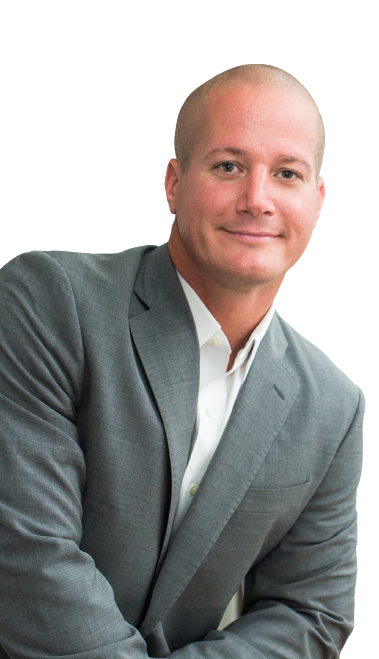The 45-Second Trick For Medicare Advantage Agent
The 45-Second Trick For Medicare Advantage Agent
Blog Article
The Buzz on Medicare Advantage Agent
Table of ContentsAbout Medicare Advantage AgentMedicare Advantage Agent for DummiesMedicare Advantage Agent Things To Know Before You Get This


follows from complies with the puzzling young age profile of the uninsured with without insurance better health, health and wellness average, standard younger personsMore youthful For those without accessibility to workplace health and wellness insurance coverage, poor wellness is a possible barrier to purchasing nongroup protection due to the fact that such coverage might be extremely valued, exclude preexisting conditions, or be just unavailable. Unless otherwise kept in mind, nationwide price quotes of individuals without wellness insurance policy and percentages of the populace with various kinds of protection are based on the CPS, the most widely utilized resource of quotes of insurance protection and uninsurance rates.

Our Medicare Advantage Agent PDFs
The connection in between health and wellness insurance policy and accessibility to care is well established, as recorded later on in this phase. The partnership between health and wellness insurance and health outcomes is neither straight nor basic, a substantial scientific and health and wellness solutions research study literary works links wellness insurance policy coverage
to improved enhanced to care, better qualityTop quality and improved enhanced individual population health statusCondition The 2nd record, on personal wellness results for uninsured adults, is represented by the innermost circle of the number, while the 3rd record, on family well-being, encompasses the topics of the 2nd record but stresses a various unit of evaluation, specifically, the family.
Furthermore, it focuses specifically on those without any type of wellness insurance for any kind of size of time. The problems faced by the underinsured are in some respects similar to those dealt with by the without insurance, although they are typically less serious. Uninsurance and underinsurance, nevertheless, include noticeably various policy concerns, and the strategies for addressing them may vary. Throughout this research and the five records to adhere to, the main focus gets on individuals without any wellness insurance and therefore no help in spending for healthcare beyond what is offered via charity and safeguard institutions. Wellness insurance is a powerful factor influencing receipt of treatment since both patients and medical professionals react to the out-of-pocket rate of services. Medical insurance, however, is neither essential neither enough to gain accessibility to medical services. Nonetheless, the independent and direct impact of health and wellness
insurance protection on access to health and wellness solutions is well established. Others will acquire the healthcare they need also without wellness insurance, by spending for it expense or seeking it from companies that supply treatment free or at extremely subsidized prices. For still others, health and wellness insurance policy alone does not make sure receipt of treatment as a result of other nonfinancial barriers, such as an absence of healthcare companies in their area, restricted accessibility to transport, illiteracy, or linguistic and social distinctions. Official research regarding without insurance populations in the United States dates to the late 1920s and early 1930s when the Committee on the Expense of Healthcare created a collection of records regarding financing doctor office check outs and hospitalizations. This issue ended up being salient as the varieties of medically indigent climbed up during the Great Depression. Empirical researches constantly support the link between accessibility to care and boosted health and wellness results(Bindman et al., 1995; Starfield, 1995 ). Having a routine source of care can be thought about a predictor of accessibility, as opposed to a direct step of it, when wellness outcomes are themselves used as accessibility indications. This expansion of the notion of gain access to dimension was made by the IOM Board on Checking Access to Personal Wellness Treatment Services(Millman, 1993, p. Whether or not parents are insured appears to affect whether their children obtain treatment along with exactly how much careeven if the youngsters themselves have insurance coverage(Hanson, 1998). The health and wellness of moms and dads can influence their capacity to web link look after their youngsters and the level of family stress. Bothering with their youngsters's access to care is itself a source of anxiety for moms and dads. Three chapters comply with in this report. Chapter 2 offers a summary of exactly how employment-based health insurance coverage, public programs and specific insurance plan operate and communicate to give comprehensive however incomplete protection of the united state populace. This includes an evaluation of historic trends and public policies impacting both public and personal insurance coverage, a conversation of the interactions amongst the different kinds of insurance, and an exam of why people move from one program to an additional or finish up

Report this page